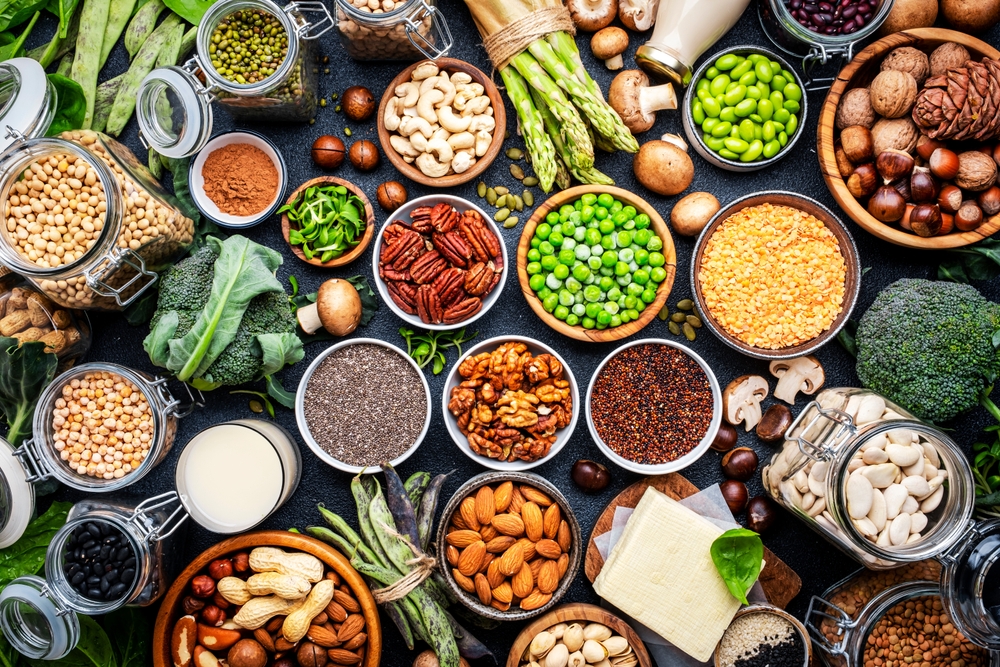What is preferred: a sustained sense of satiation or rapid delivery of nutrients where needed? The texture of your protein drink plays a significant role, PhD research by Julia Roelofs reveals. She studied how fast different portions of proteins are absorbed by the stomach and intestines.
‘We aimed to discover what the effect of heating and texture is on the digestion speed and uptake of the pea proteins’, says PhD student Julia Roelofs (Human Nutrition and Health). ‘Because the protein transition requires us to consume more plant-based proteins, which are often of a poorer quality than animal proteins, discovering what the most efficient way is to digest these proteins is important.’
Liquid or gel
Roelofs served twelve test subjects the same portion of pea proteins three times, which was prepared differently each time. ‘The protein was dissolved in water twice, one time heated as well, and the third portion had a gel-like texture. We used the same amount of protein in the gel-based serving but with less water. In this case, the test subjects were given a glass of water after ingesting the gel to ensure that the ingredients in all the experiments were the same.’
After drinking the liquids or gel, the subjects were placed in an MRI scanner for ninety minutes. ‘This enabled us to study what happens in the stomach and how quickly the substance is expelled from the stomach. After the MRI, they remained in the lab for a further three hours for blood testing so we could see if and when the amino acids made their way from the stomach through the intestines into the bloodstream.’
Texture slows down
‘The speed with which the portions were processed in the stomach was not affected by heating the liquid beverages.’ The uptake of the proteins was also unaffected. ‘We observed the same amino acids in the same concentration in the blood at roughly the same moments.’
A different texture did affect the digestion speed and uptake. ‘The water that the test subjects drank after ingesting the gel was expelled from the stomach very quickly, but the gel took longer to digest. Moreover, the amino acids took longer to appear in the bloodstream.’ Roelofs: ‘That makes sense, as the amino acids in the gel remain in the stomach longer and thus also take longer to reach the intestines and even longer to make their way into the bloodstream.’
At the end of the experiment, the total uptake for all drinks was the same. ‘Eventually, the concentration of amino acids in the blood was similar.’
Manipulate
‘We now know that we can manipulate how rapidly proteins are digested by changing a product’s texture’, says Roelofs. ‘This can come in handy for people who require significant amounts of protein, such as elderly people who have enough trouble ingesting enough food as it is, or for top-level athletes, for example. In these cases, a drink is better than a gel because liquids make the amino acids available sooner.’

 ‘People requiring a high amount of proteins, such as the elderly or athletes, are better off with beverages than gels. That makes amino acids available more rapidly. Photo Guy Ackermans
‘People requiring a high amount of proteins, such as the elderly or athletes, are better off with beverages than gels. That makes amino acids available more rapidly. Photo Guy Ackermans 

